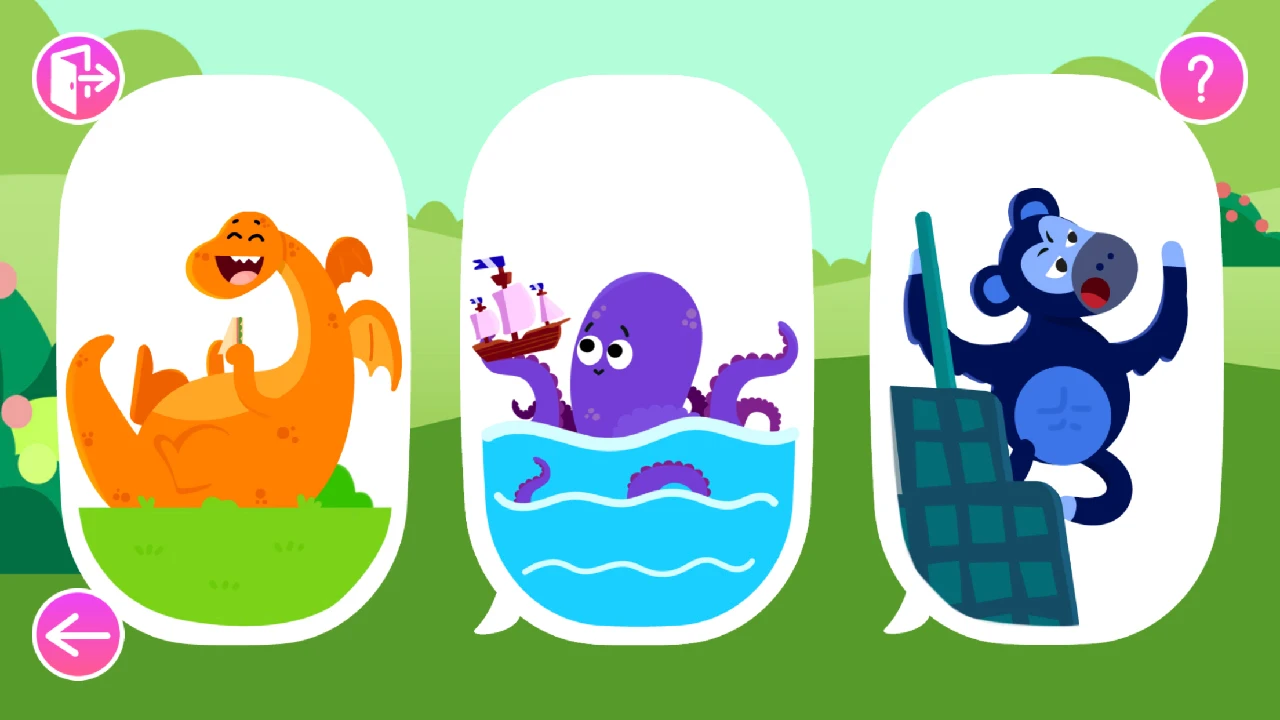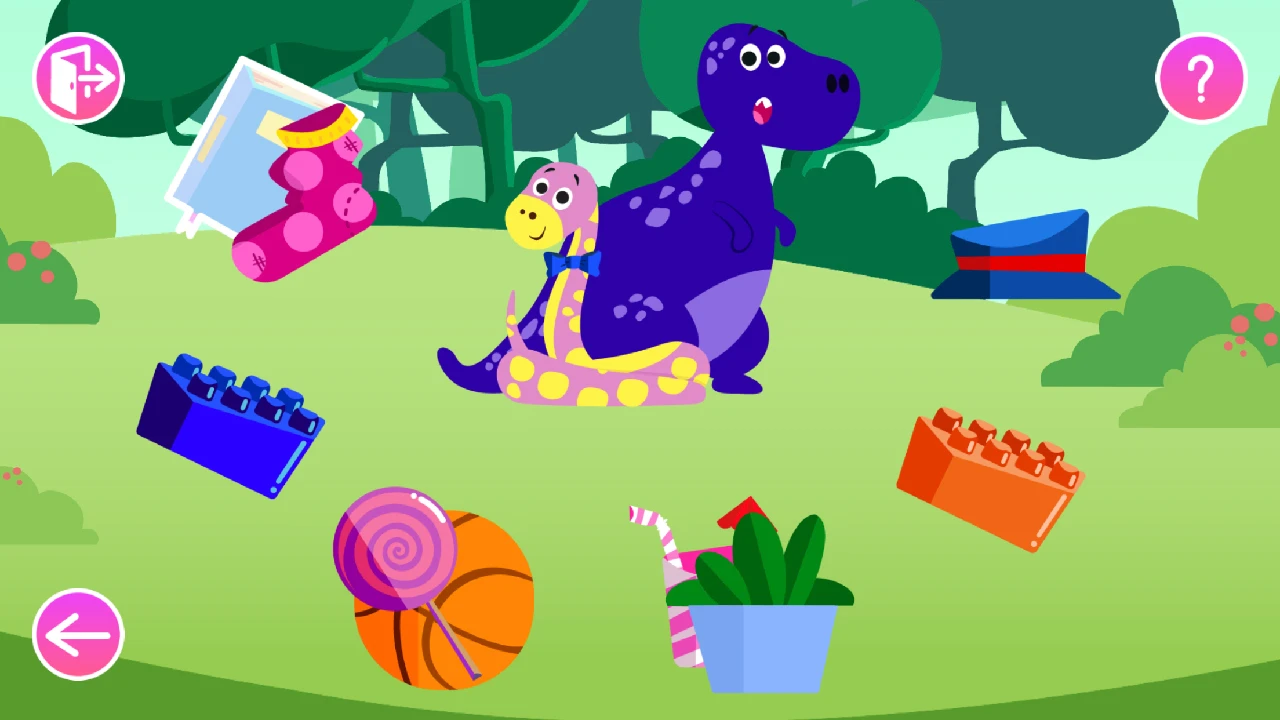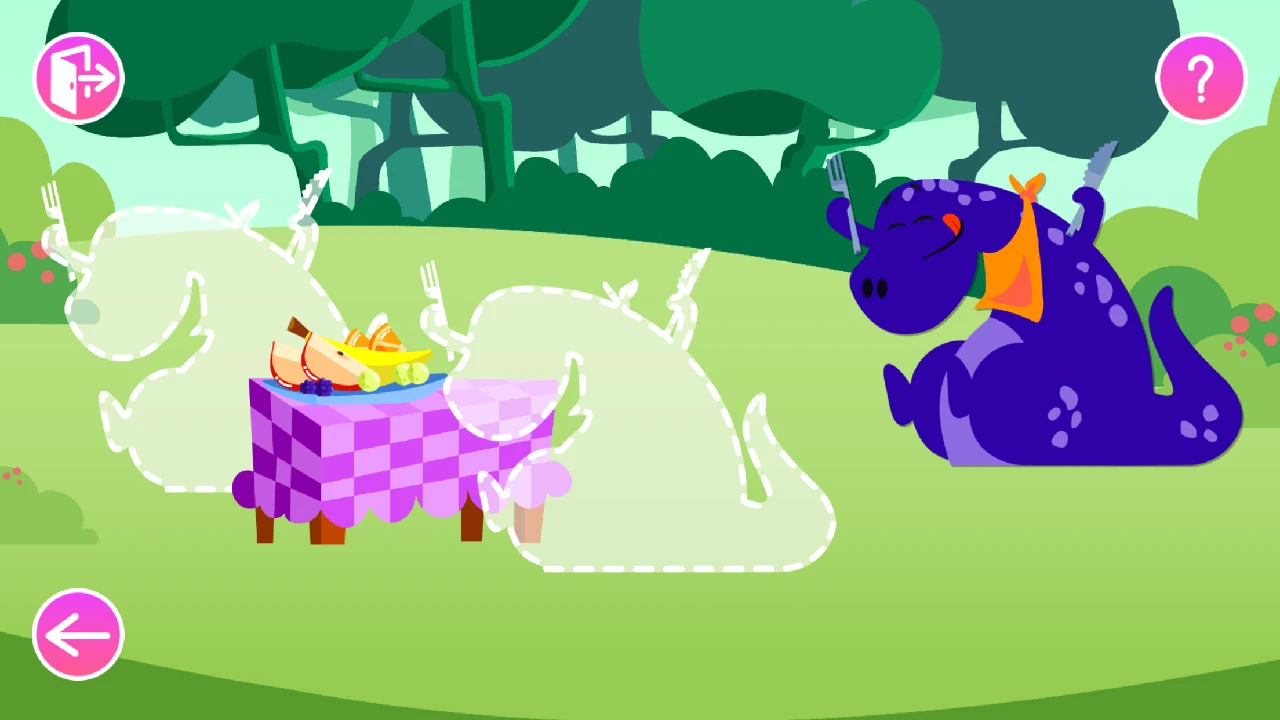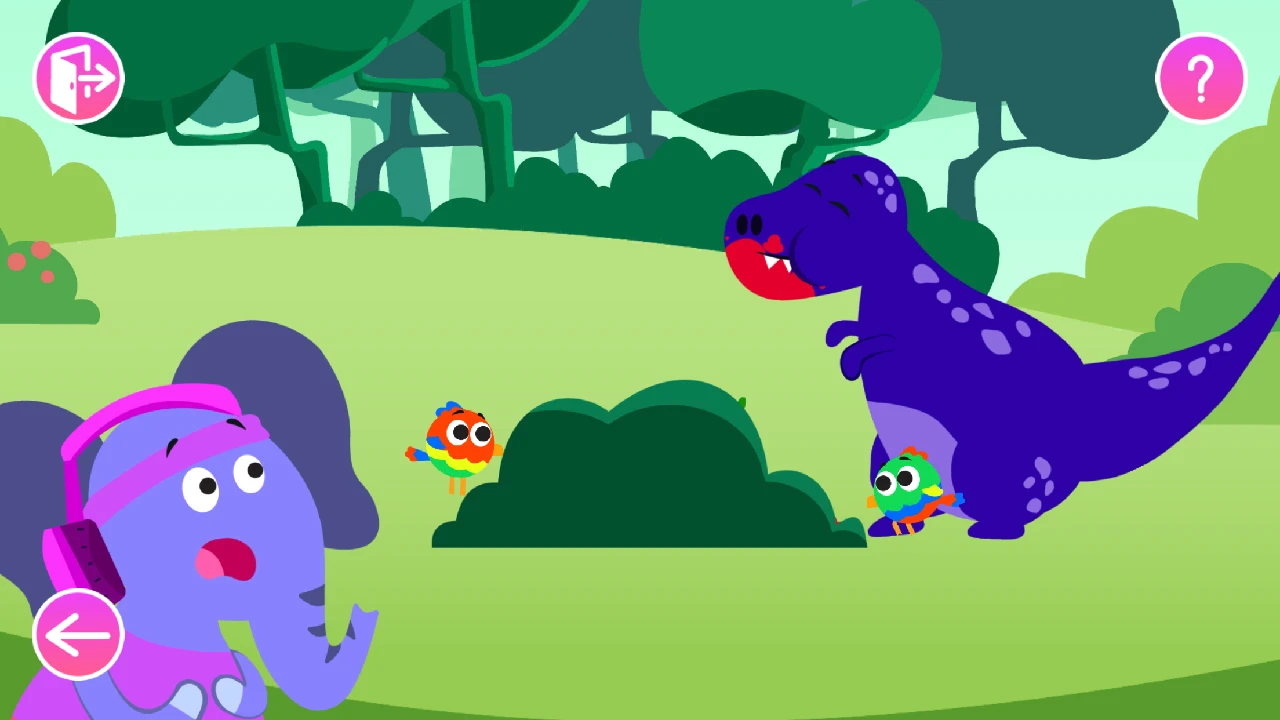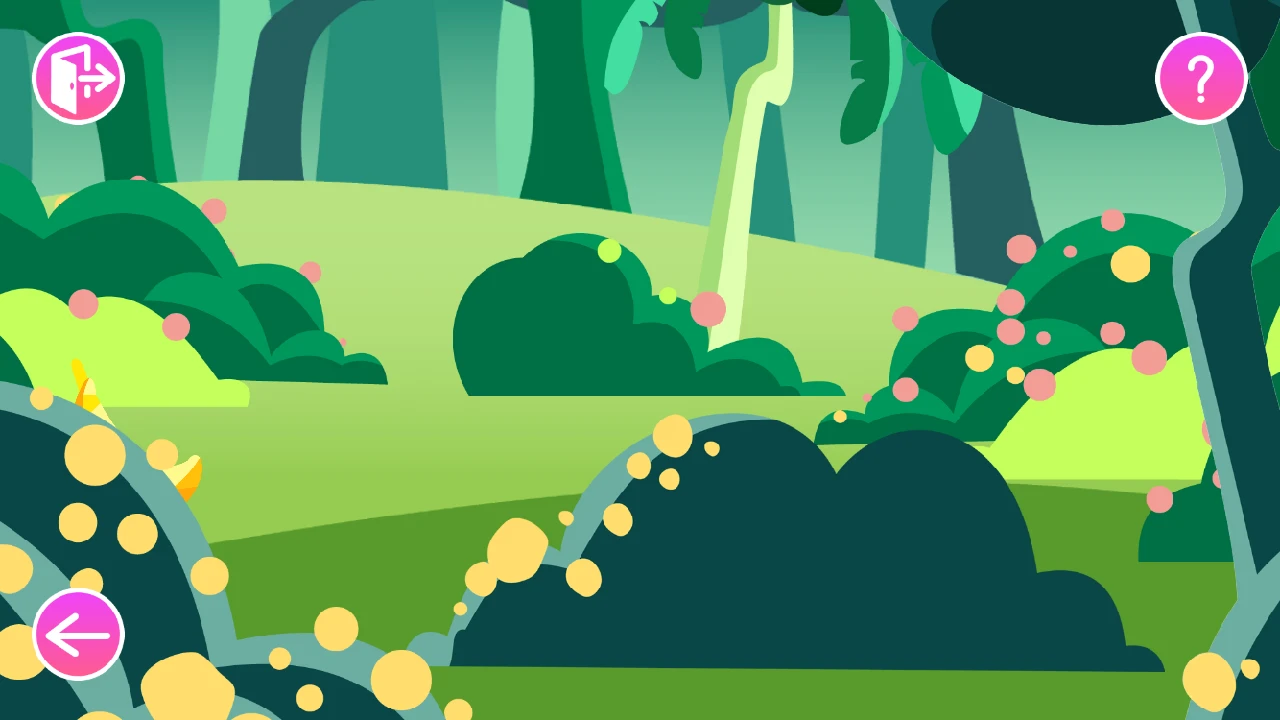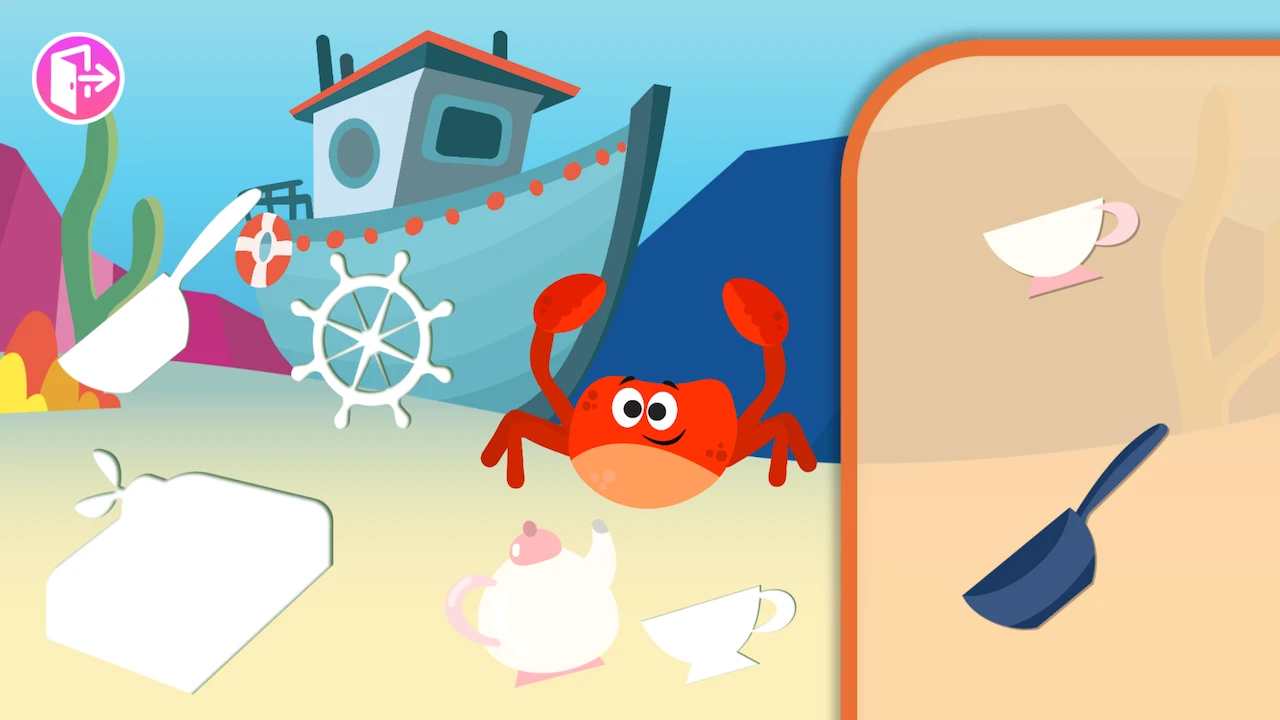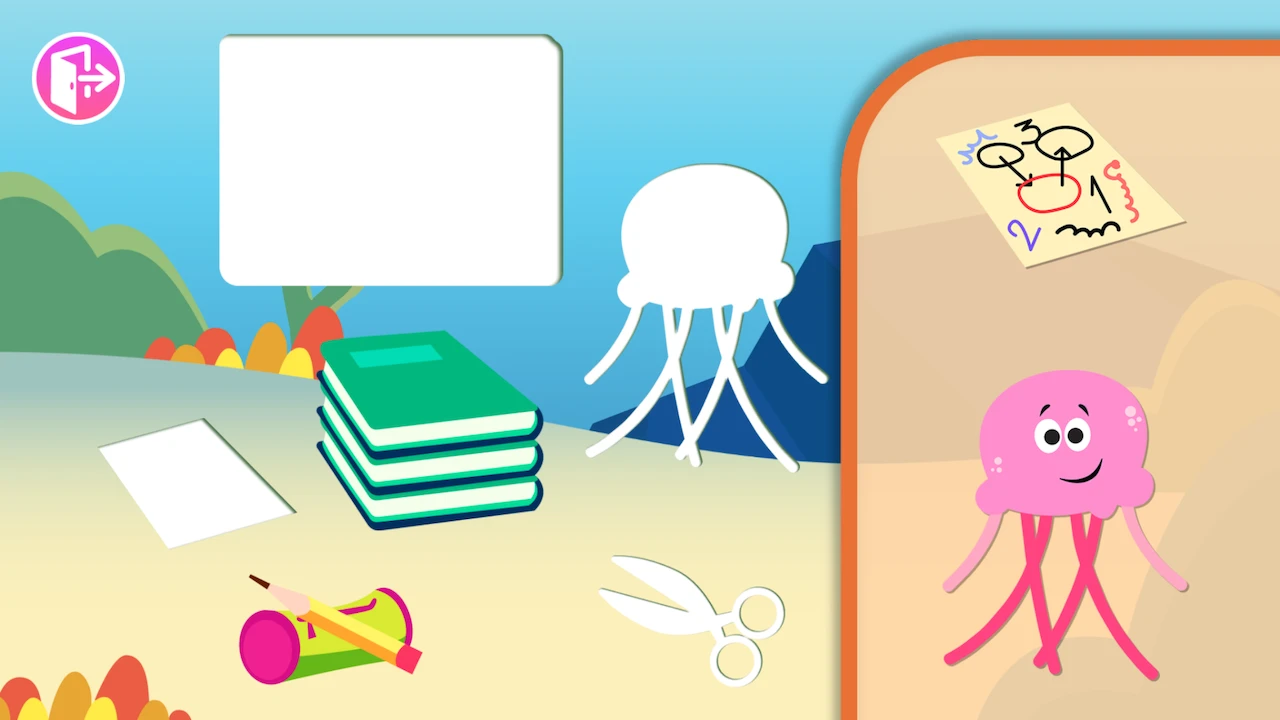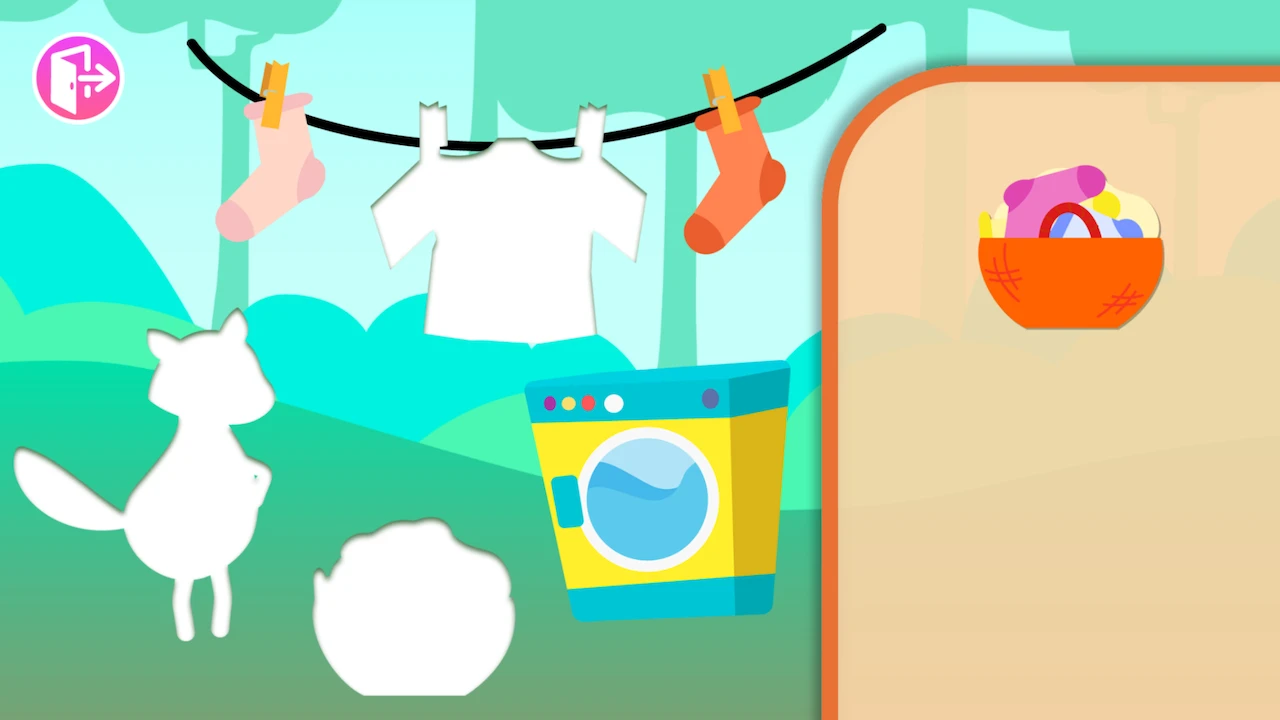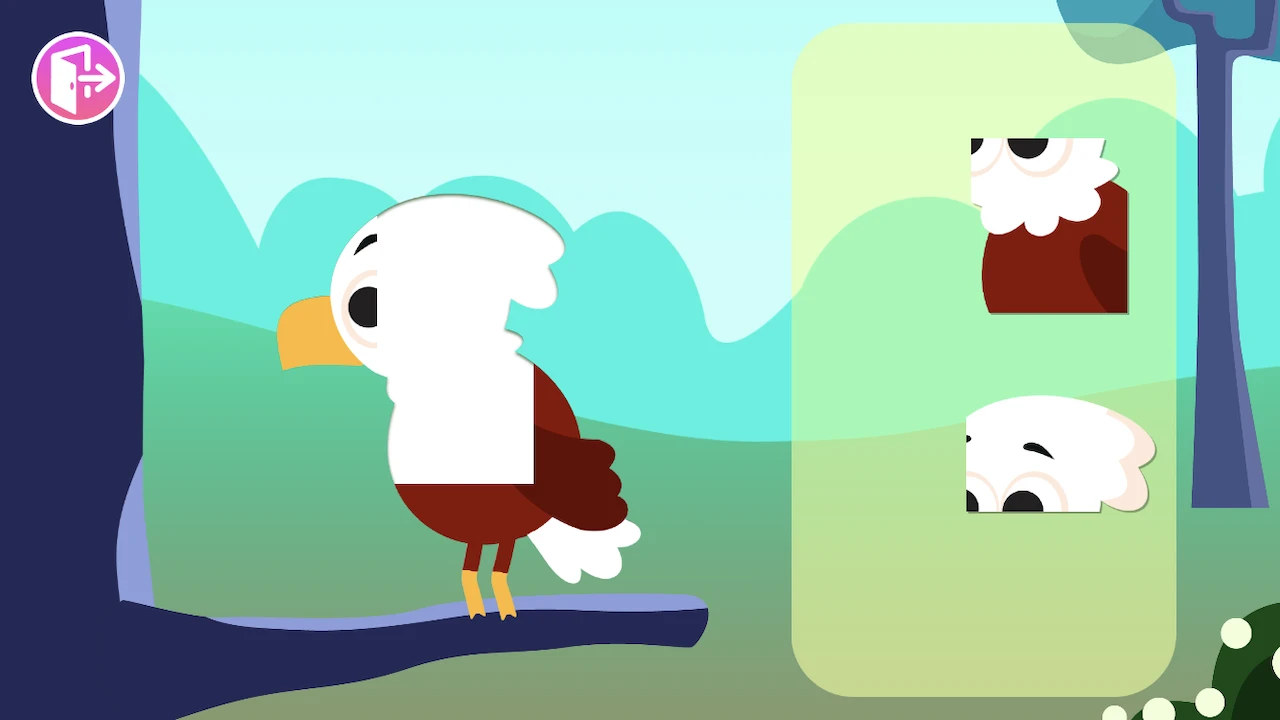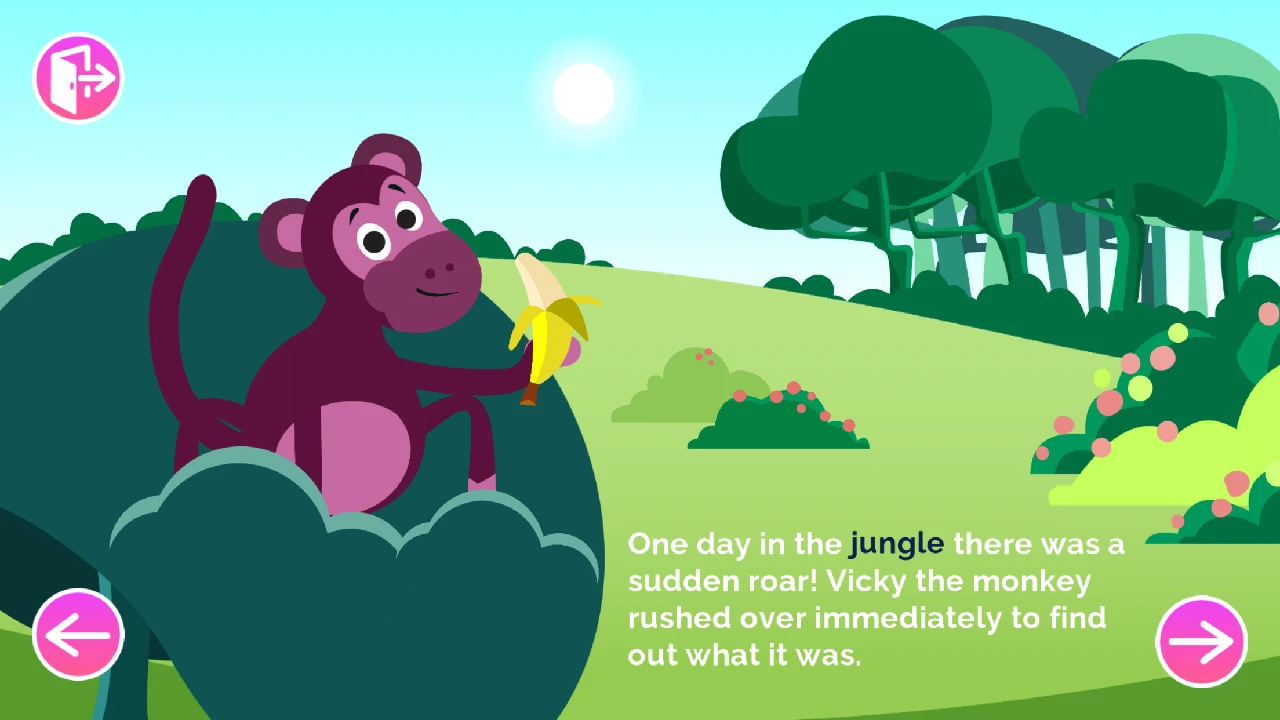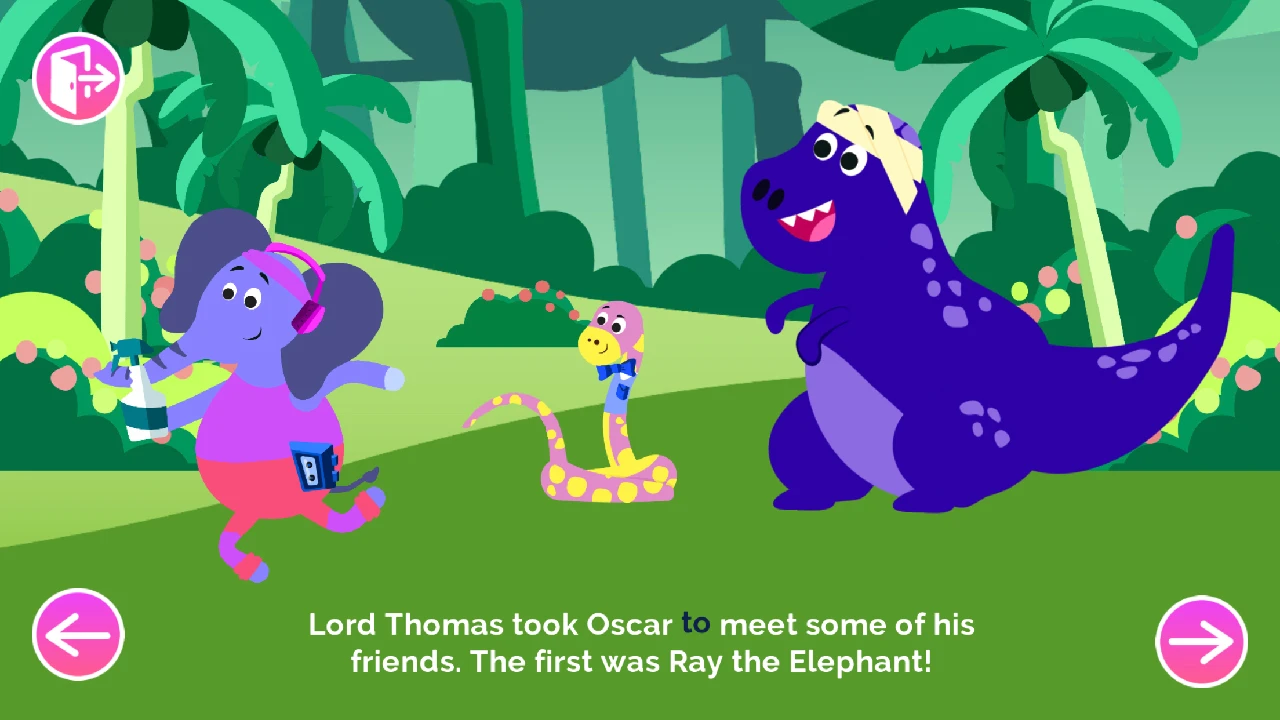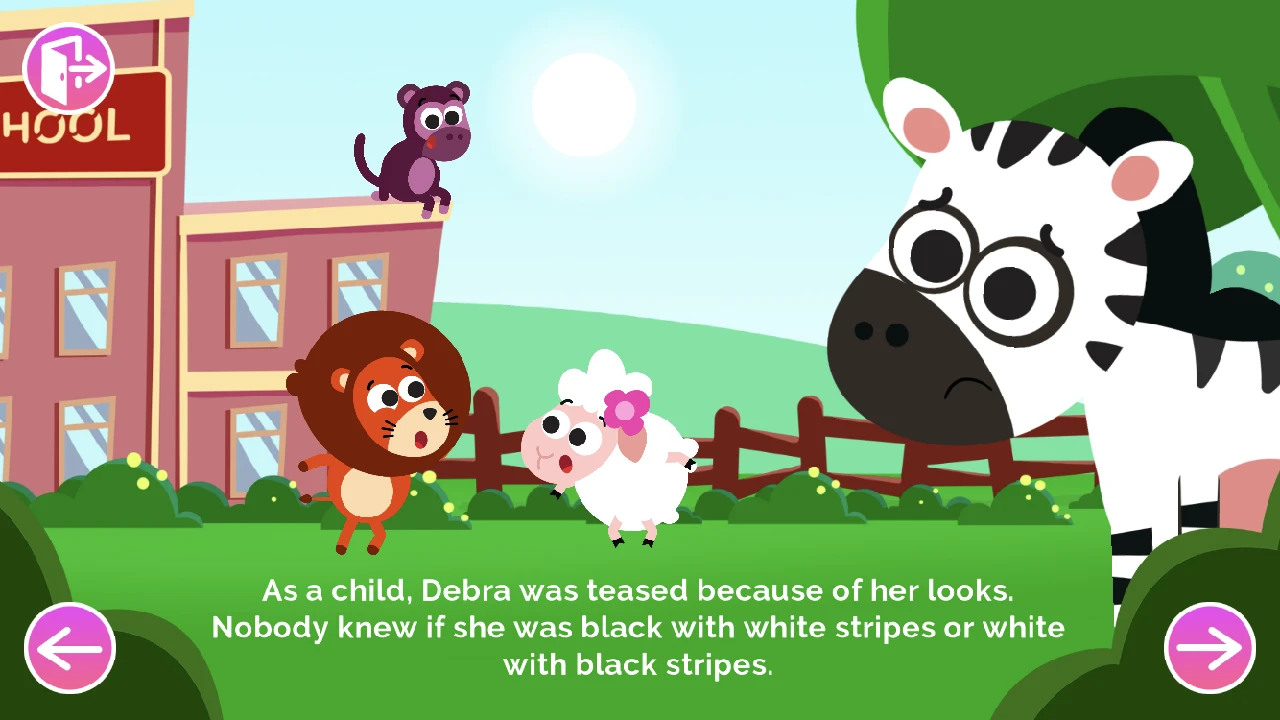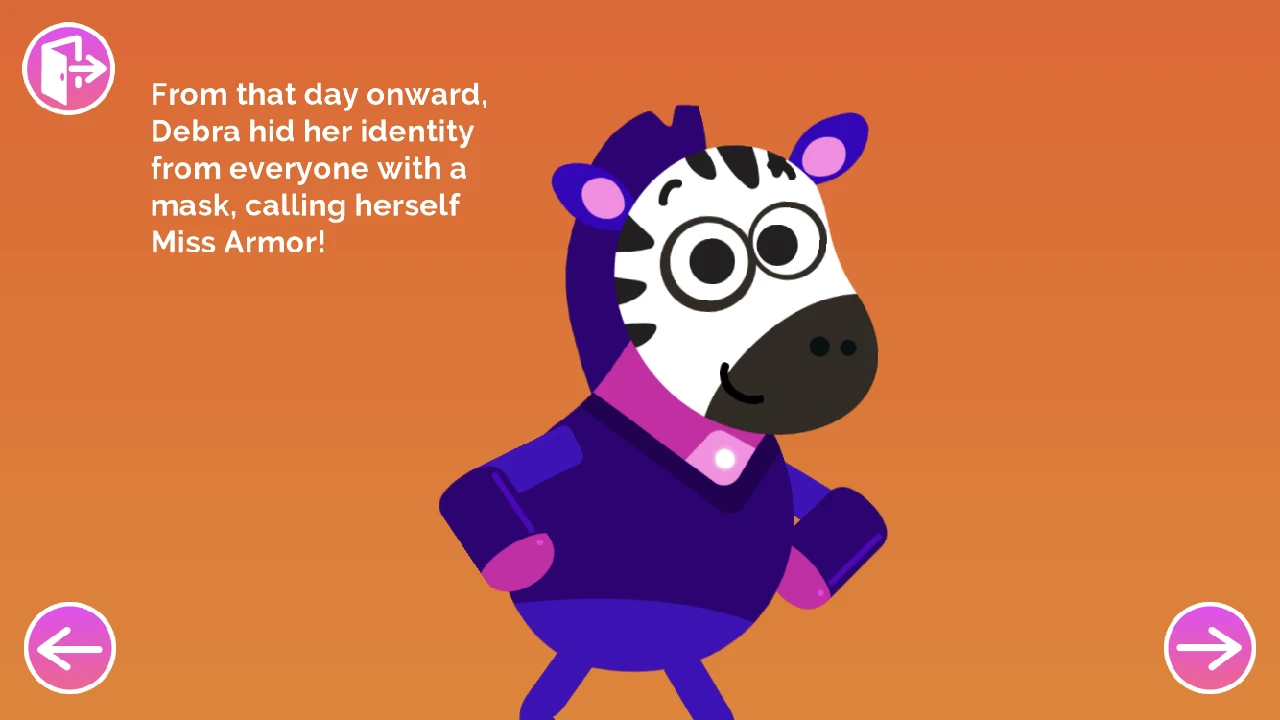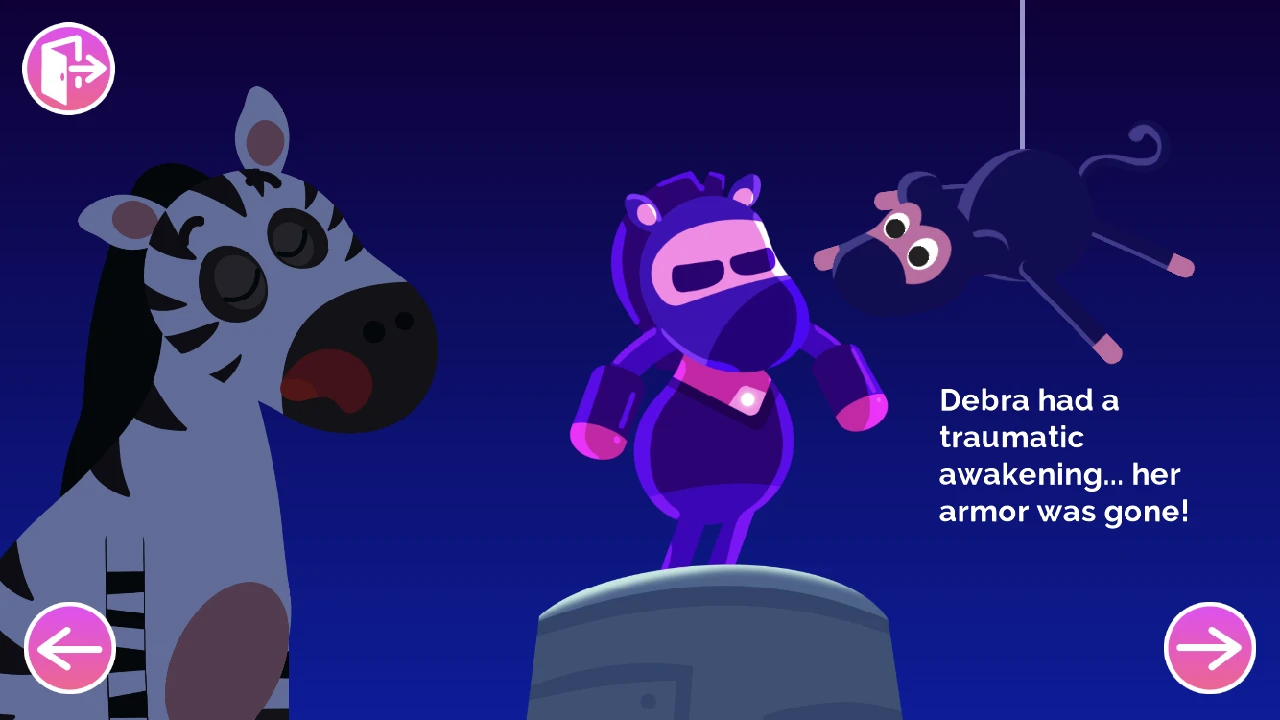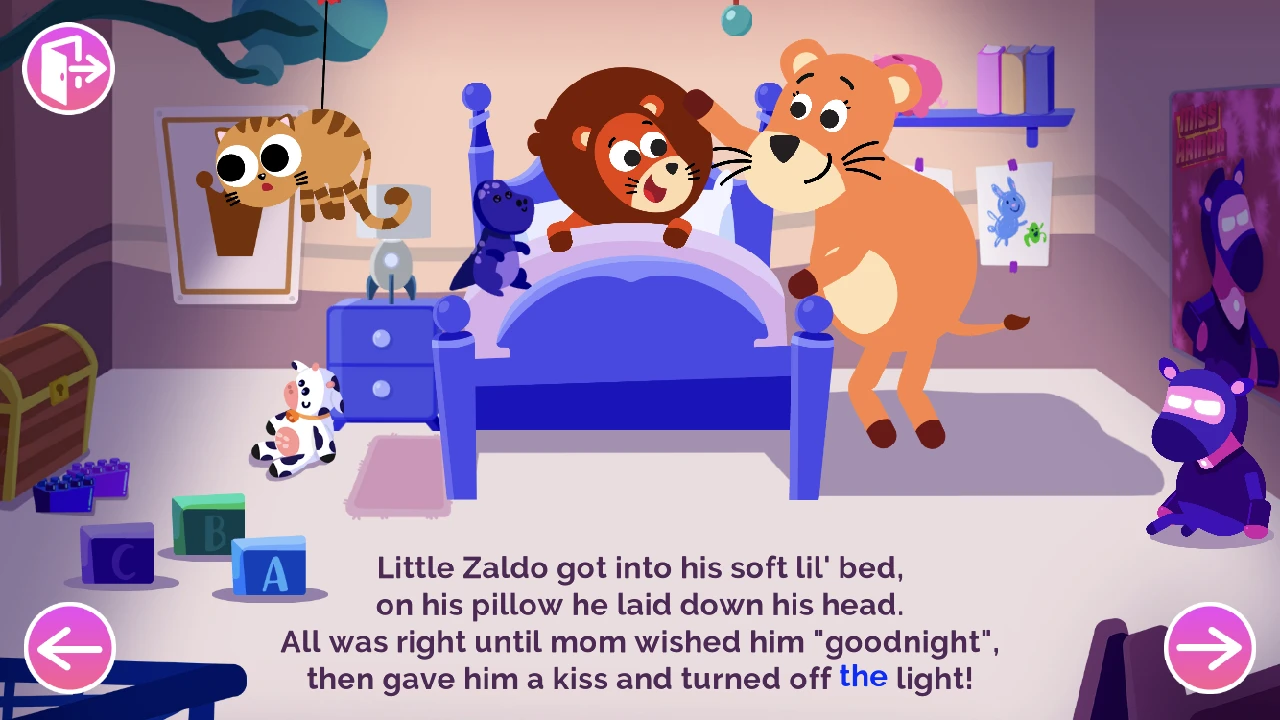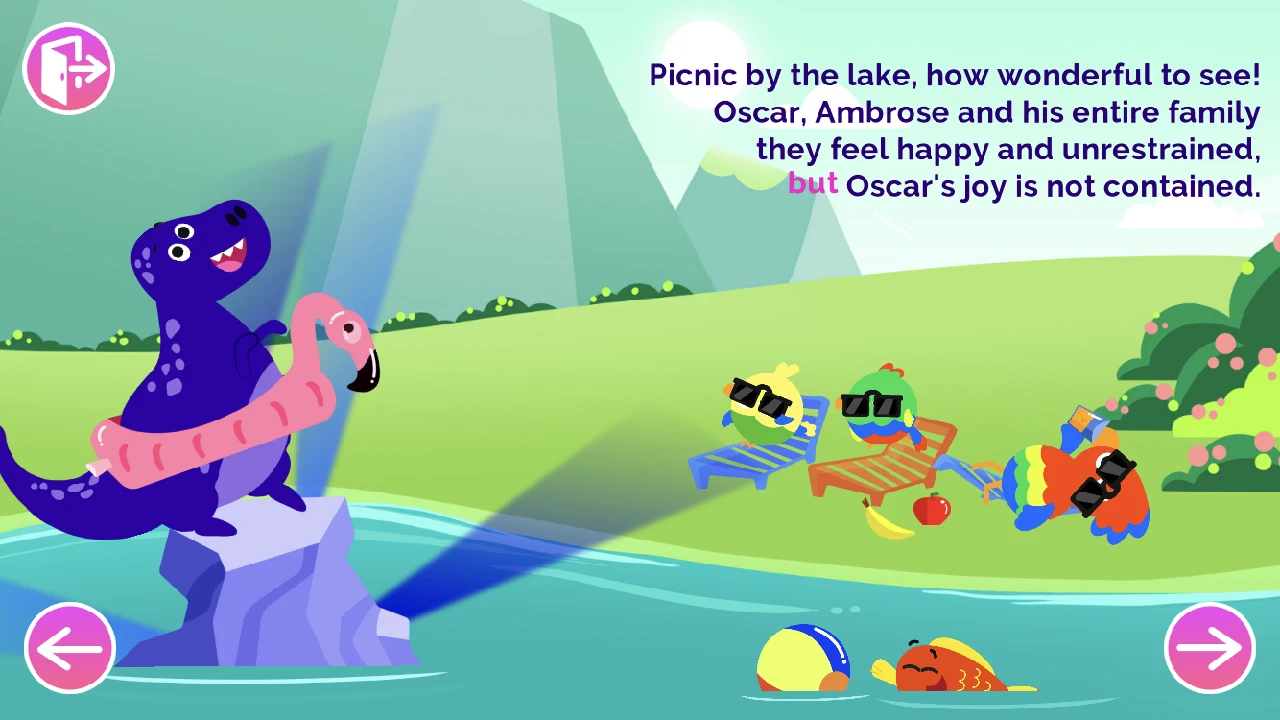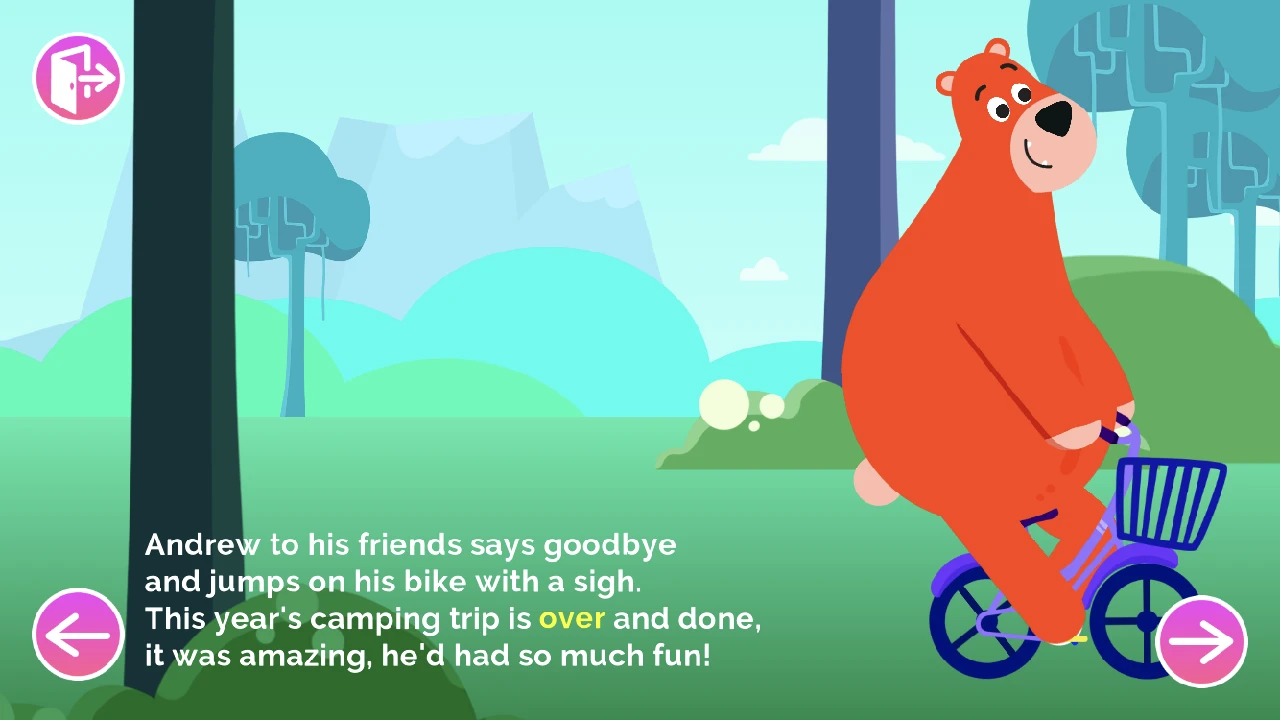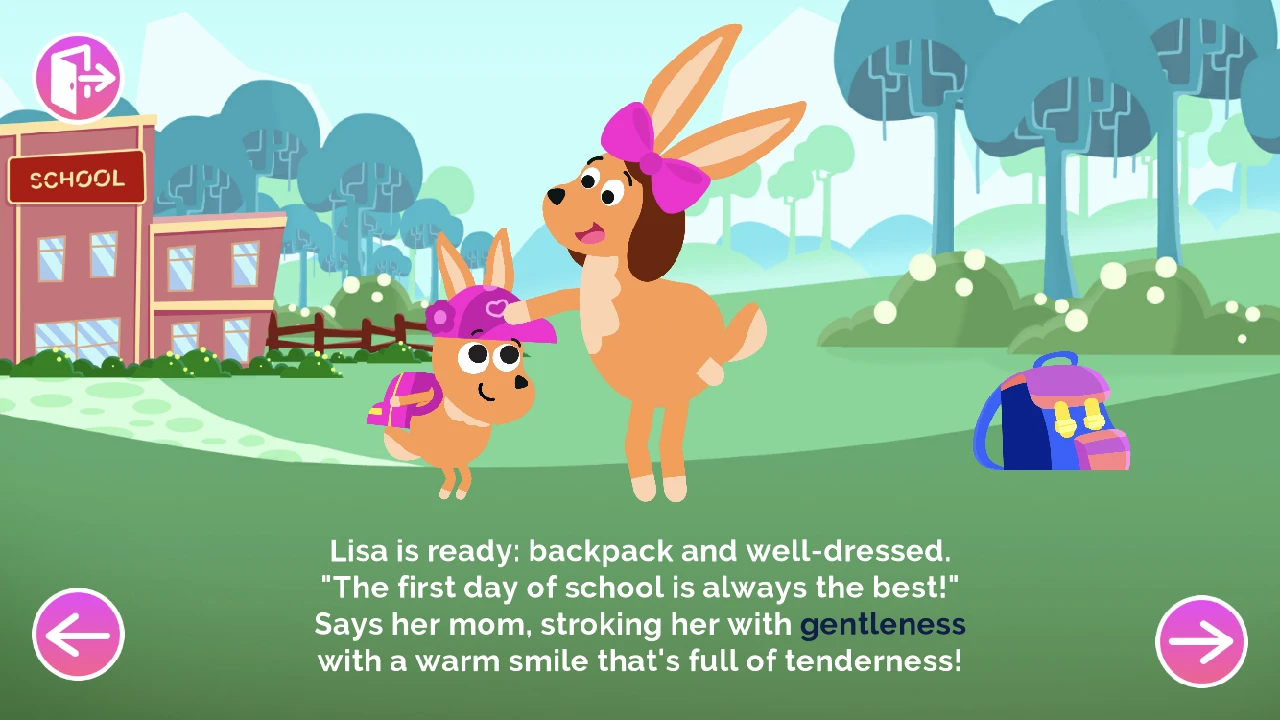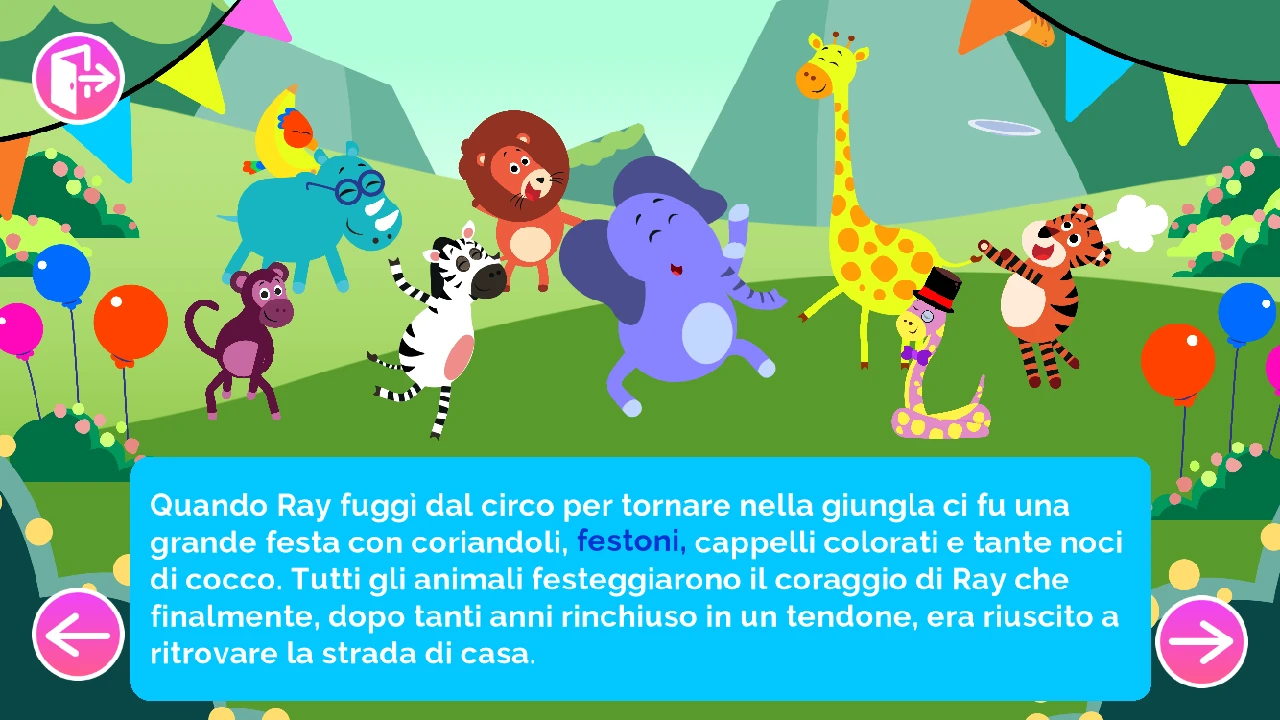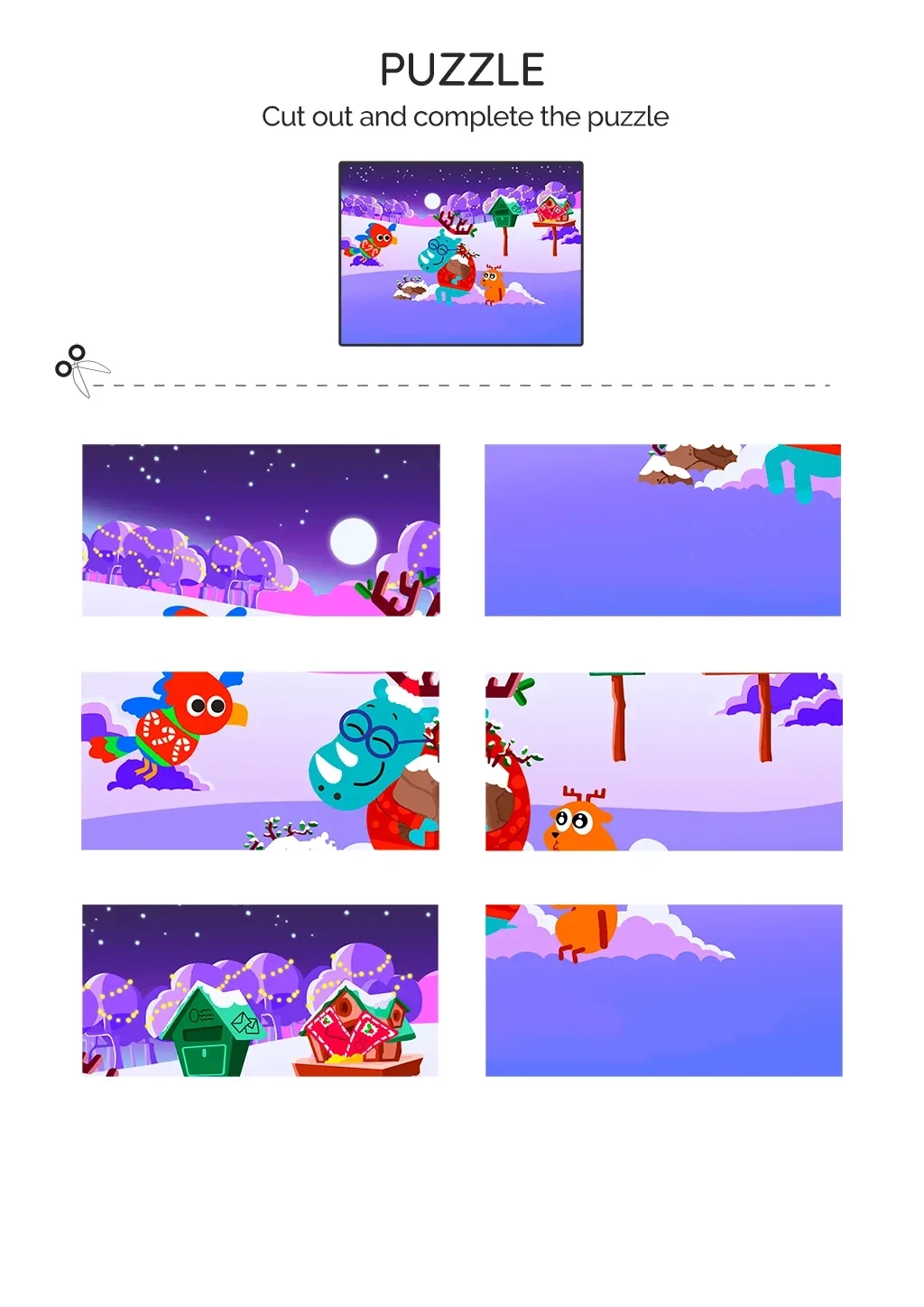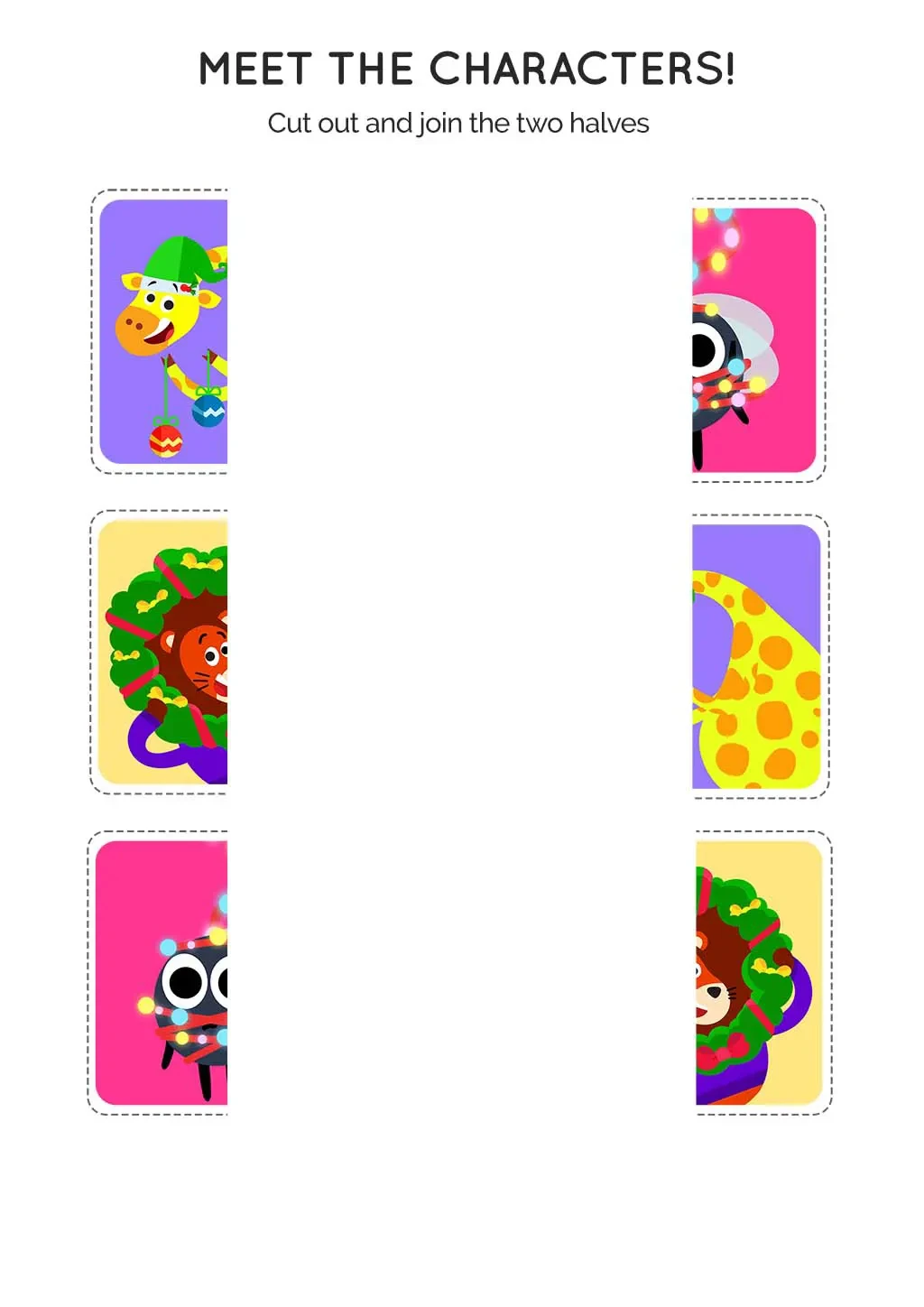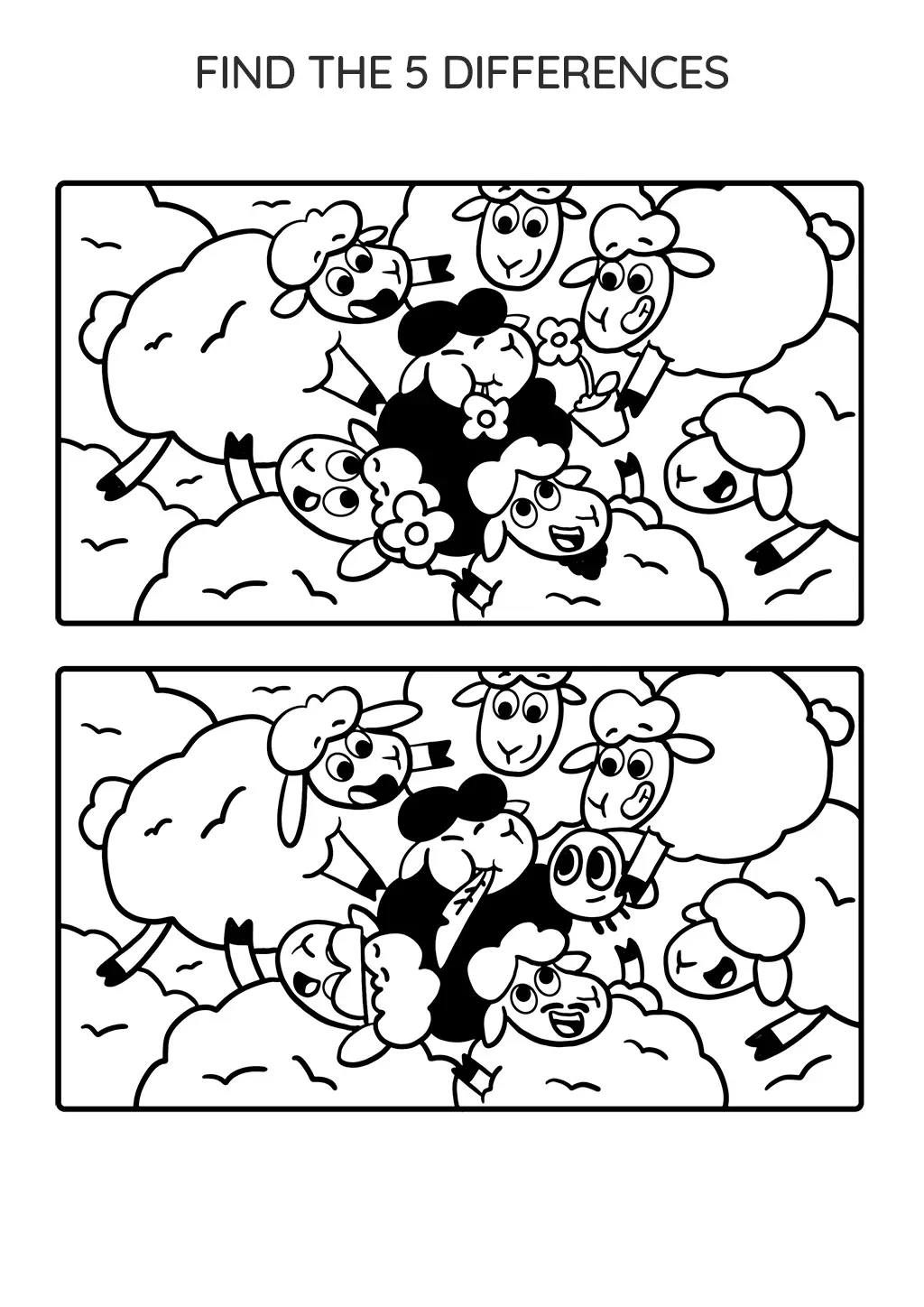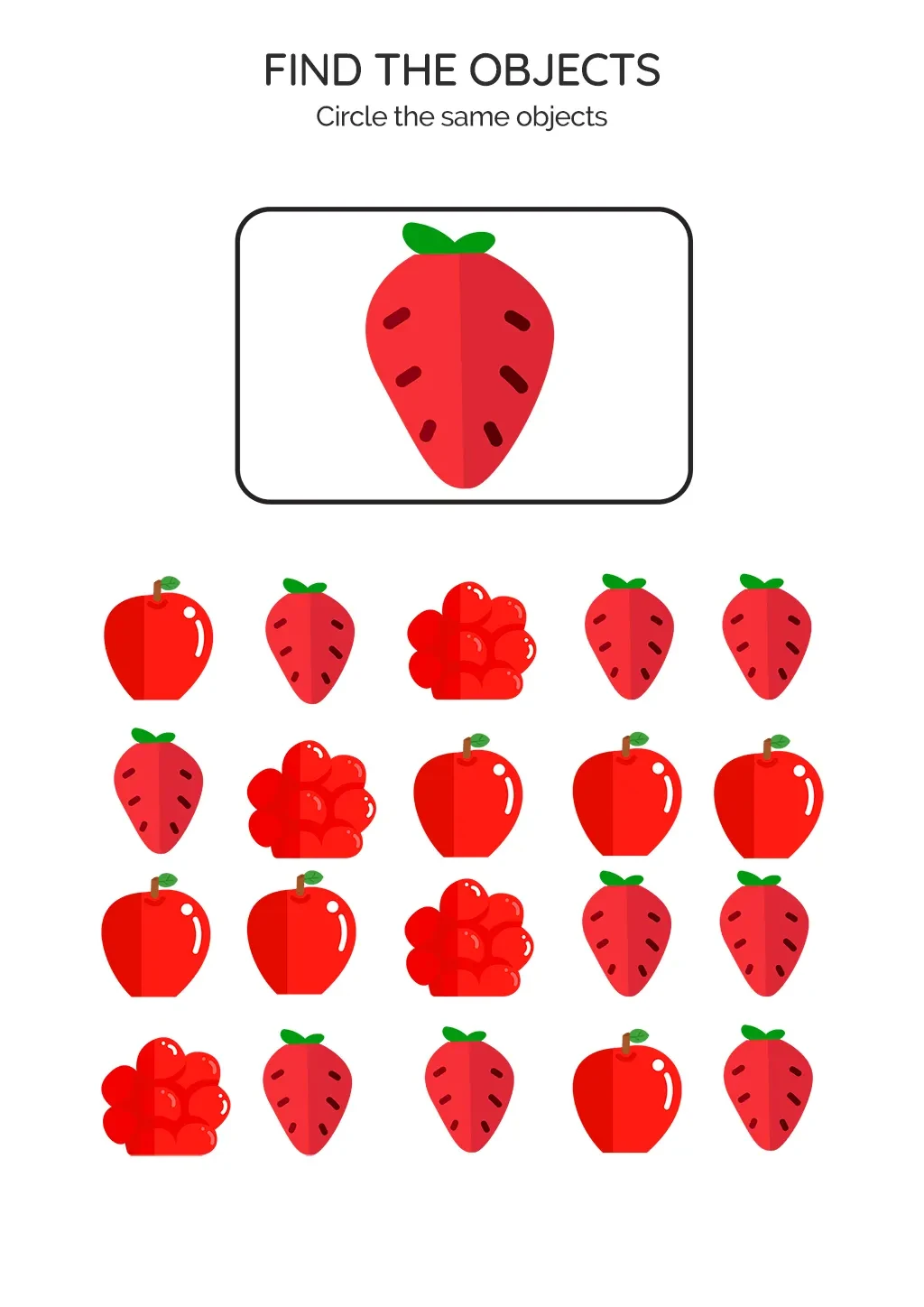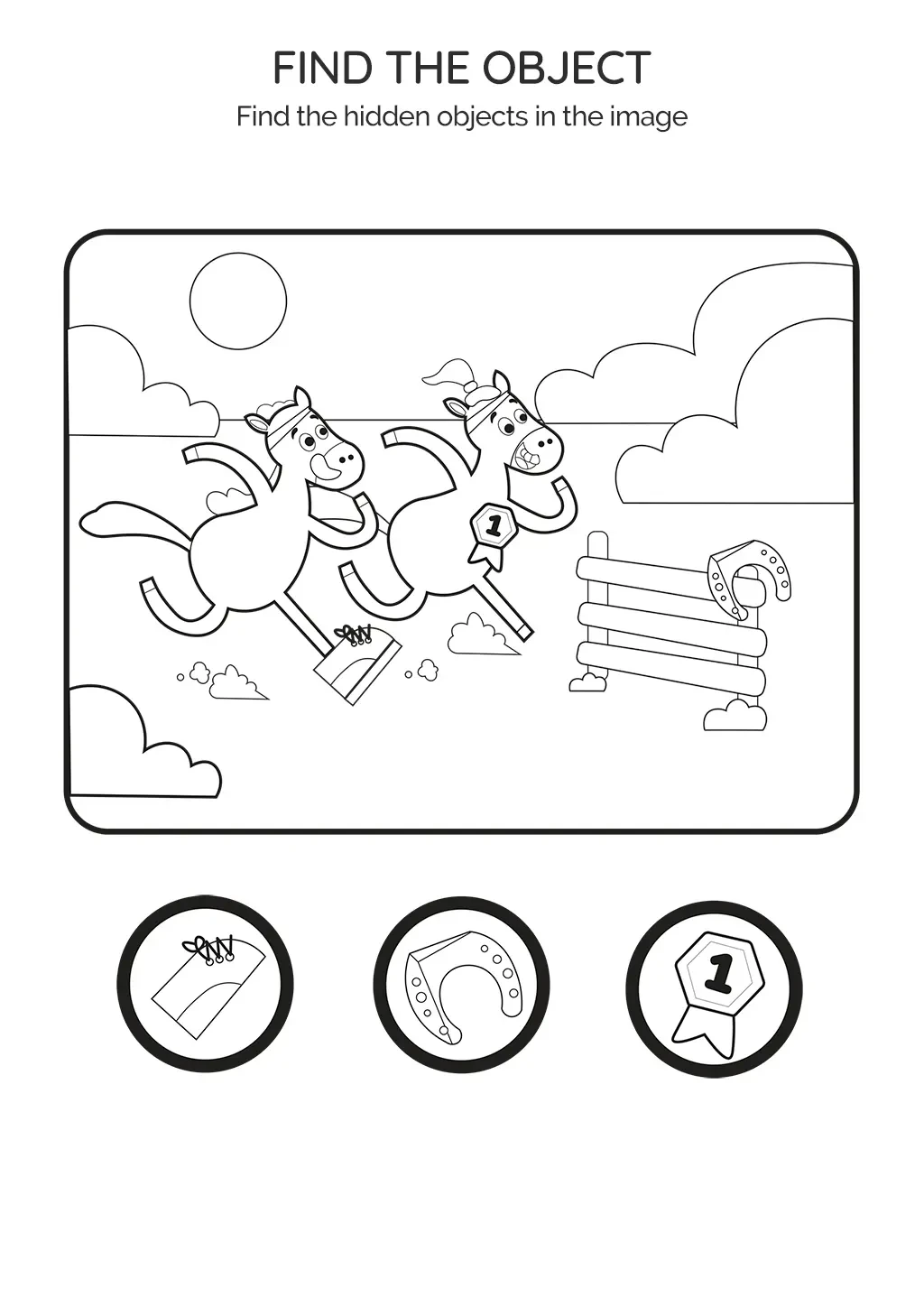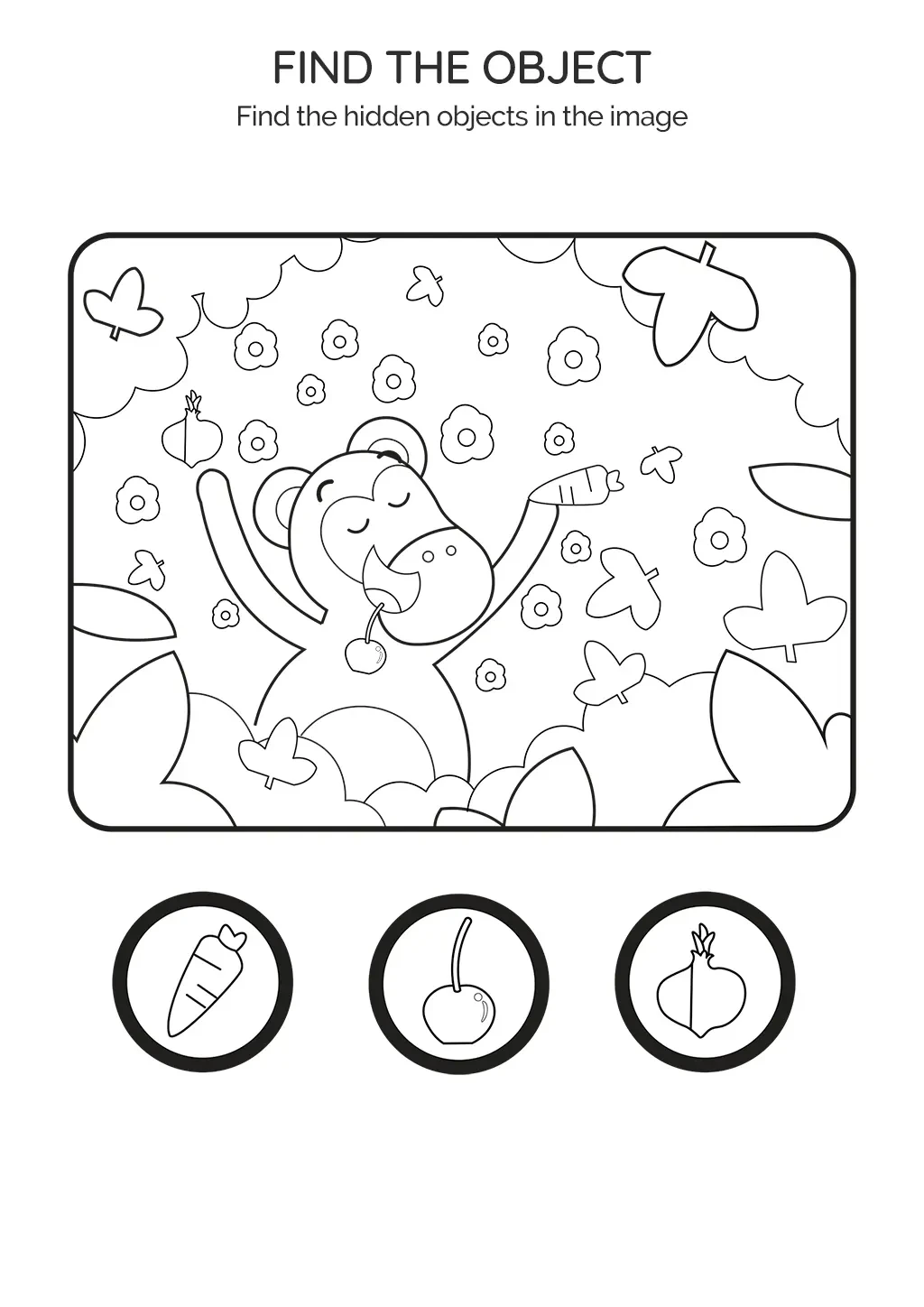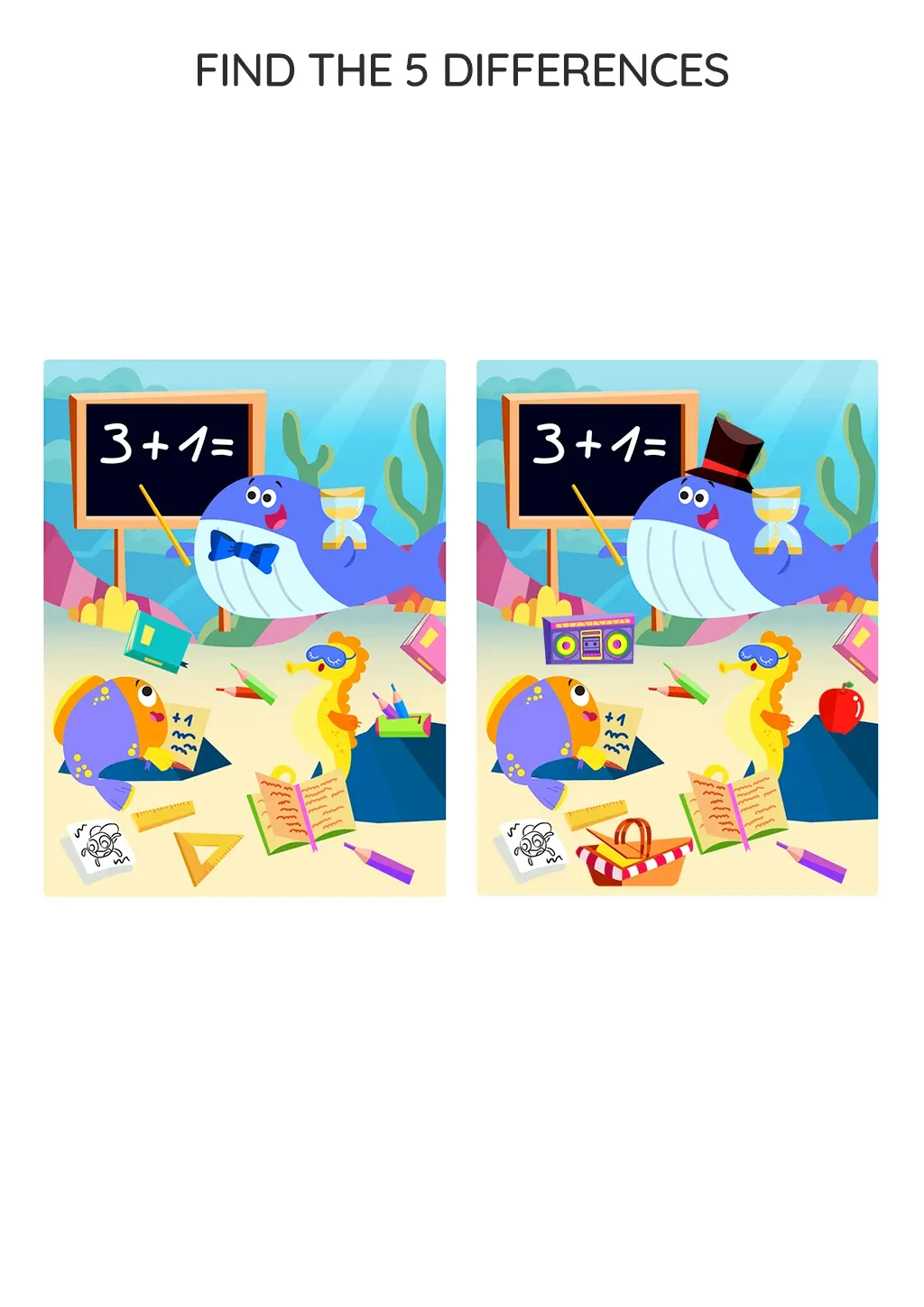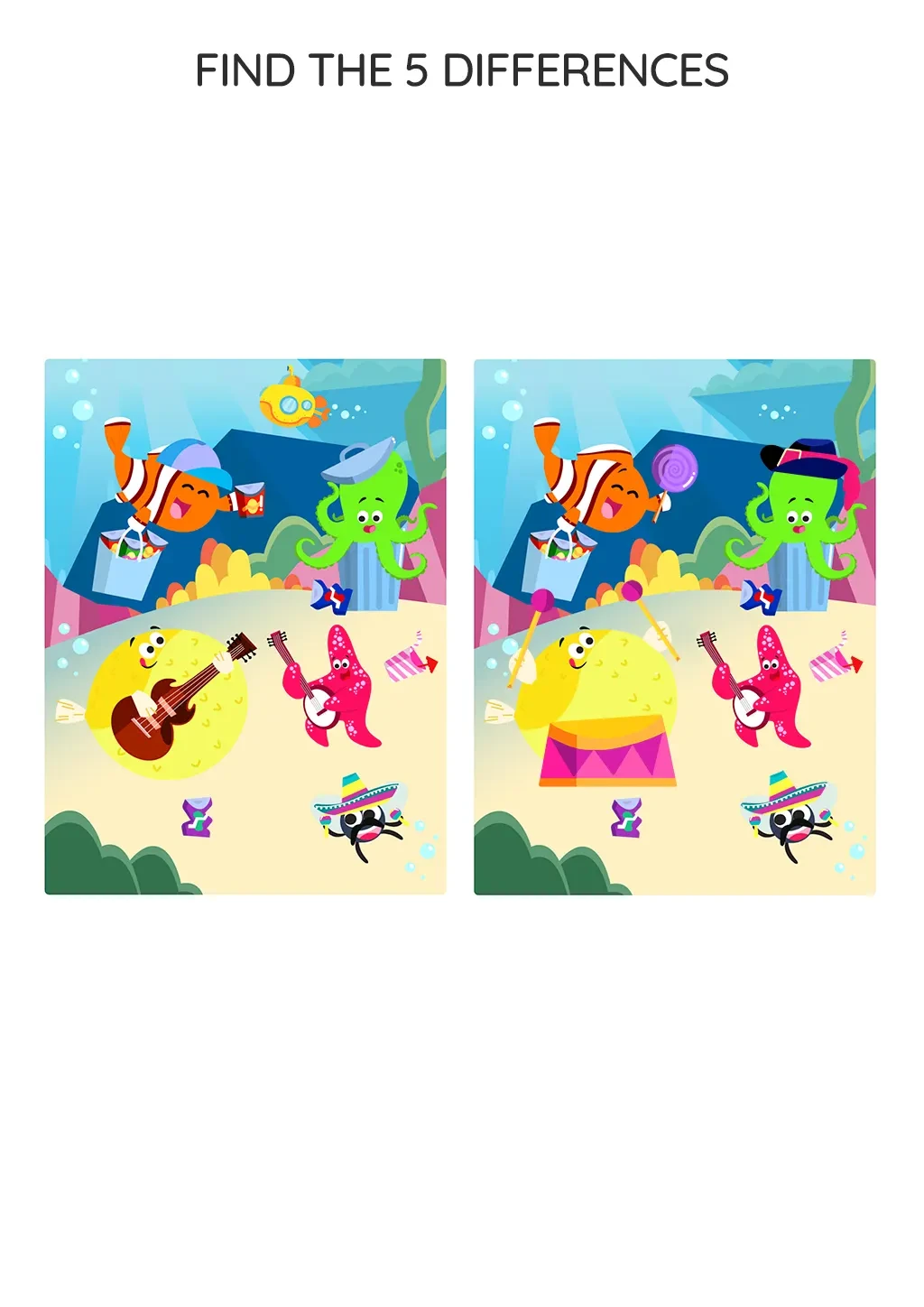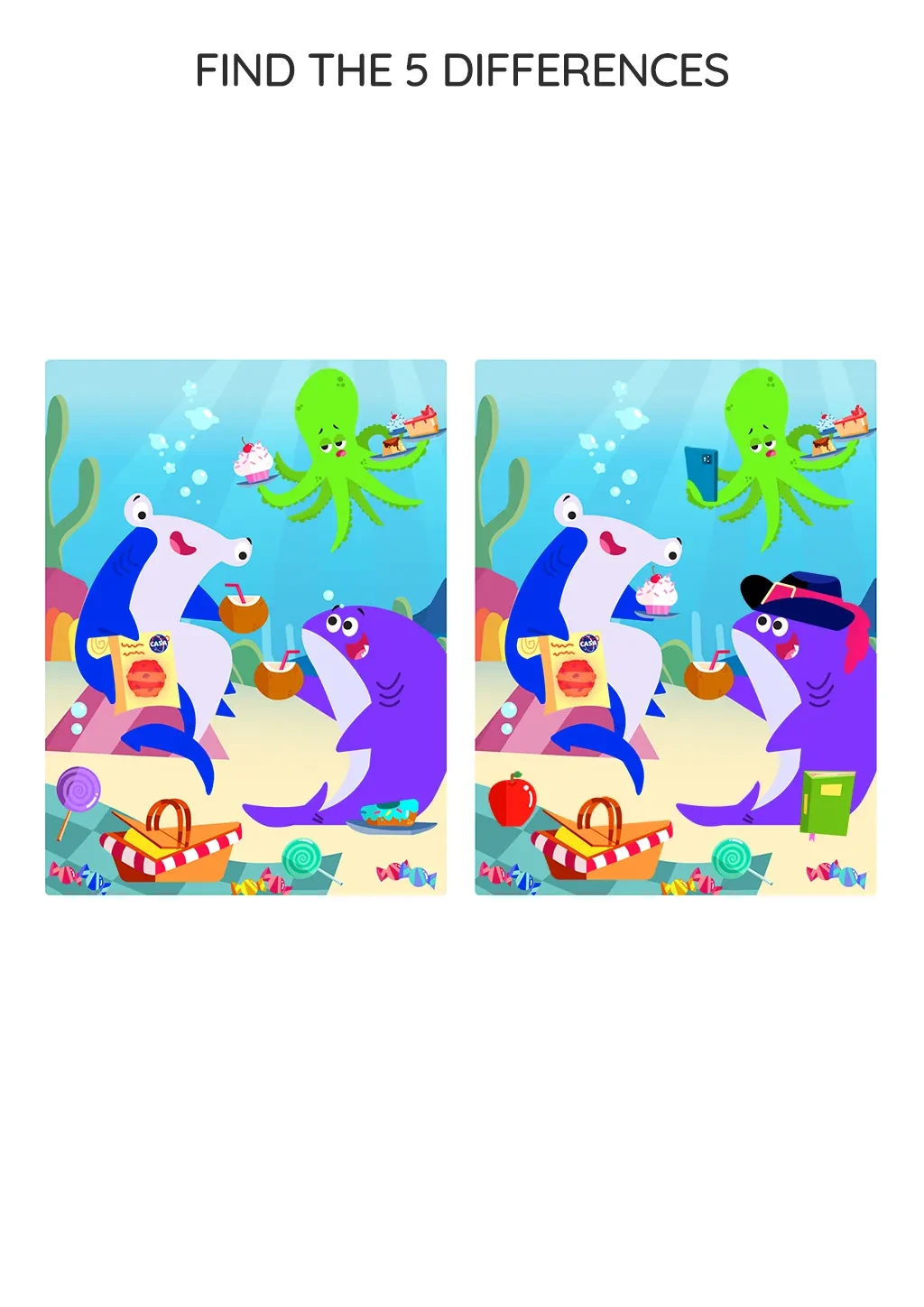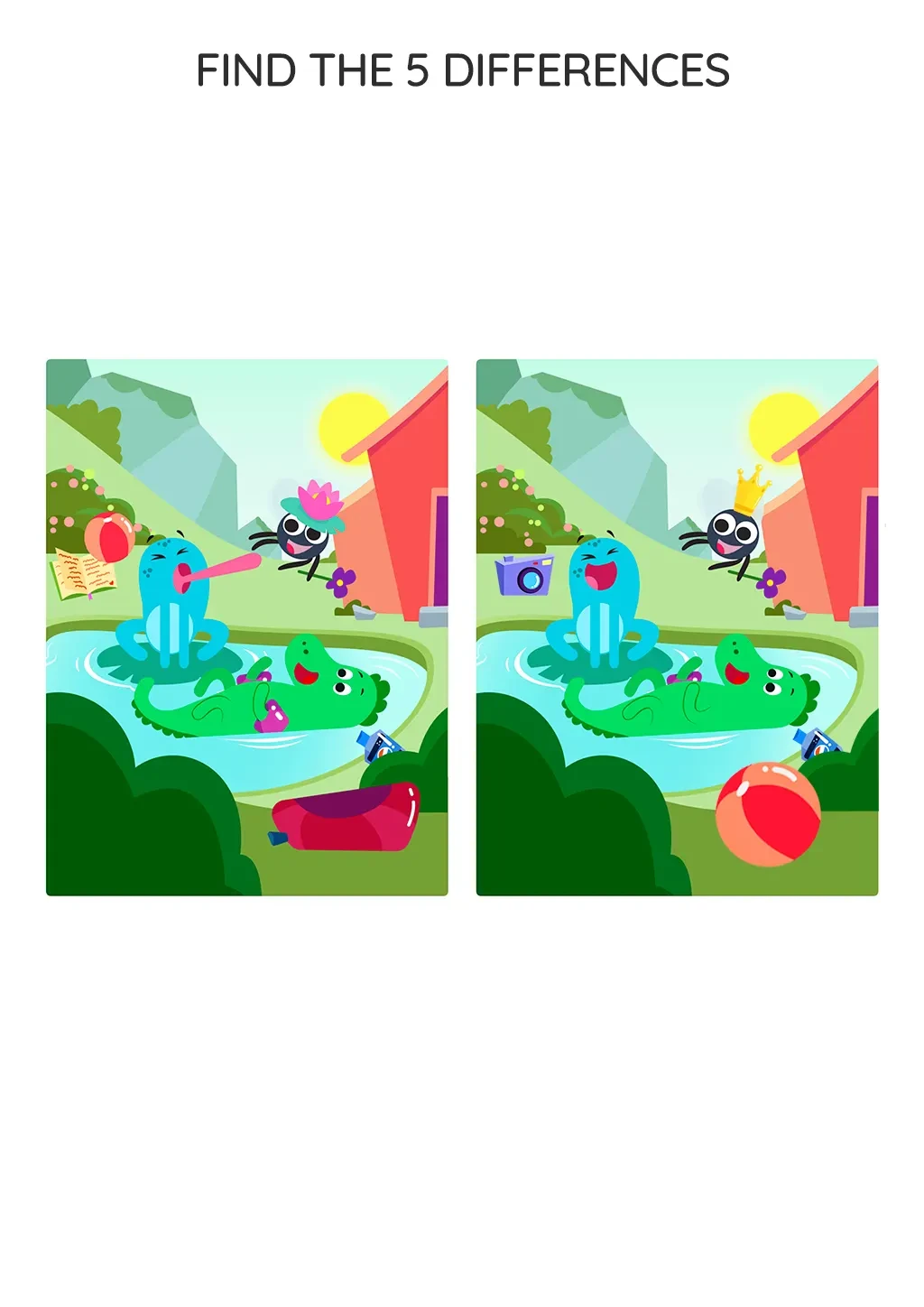Perceiving the relative size of the world around us is an essential part of how we interact and engage with our environment. For young learners, developing an understanding of size and scale – from grasping the concept of ‘big’ and ‘small’ to differentiating between objects of varying dimensions – plays a significant role in their cognitive growth. As children start to identify, compare and contrast sizes, they begin to enhance their visual-spatial skills, laying a foundation for later learning in areas such as mathematics, science, and art. The journey of size perception can be a fascinating exploration for children, opening up their world to new dimensions. So, let’s take a closer look at the concept of size perception and how we can effectively nurture this vital cognitive skill in our young ones.
Size perception refers to our ability to discern the physical magnitude of objects in our environment. In other words, it’s the capability to recognize whether one object is larger or smaller than another. It’s a cognitive ability that helps us understand our surroundings and interact with them appropriately. For children, particularly between the ages of 3 to 6, developing size perception is integral to their learning journey. It’s a skill that impacts their daily life, influencing tasks like dressing up (putting on bigger clothes before smaller ones) or playing with toys (stacking blocks in order of size). Moreover, understanding size aids children in identifying patterns, making predictions, and understanding mathematical concepts. Thus, size perception forms an essential building block in a child’s cognitive development.
Ready to embark on the adventure of size exploration with your little ones? Here are some fun and effective activities that can aid in nurturing size perception:
Remember, the key to learning is making the process engaging and enjoyable. Happy exploring!
One of the best ways to teach the concept of size perception to children is by making it fun and interactive. Games, stories, and educational worksheets available on the Smart Tales app provide engaging methods for children to explore and understand the differences between big and small, and shapes in different dimensions. By bringing learning to life through these hands-on activities, children can relate to the concept of size perception in a more tangible and memorable way.
Engage your child or student with Smart Tales’ interactive stories that introduce the concept of size perception. Each story presents real-life scenarios in an imaginative way, helping children understand how to differentiate between various sizes and shapes in a fun and exciting manner. Start your child’s size perception adventure with Smart Tales today!
Help your child or student explore the world of size through the interactive and educational games within the Smart Tales app. Each game is designed to cultivate a child’s understanding of size perception, using captivating characters and activities that make learning fun. Let the exploration of ‘big’ and ‘small’ begin with Smart Tales!
Reinforce size perception skills with Smart Tales’ comprehensive collection of educational worksheets. These worksheets encourage children to apply what they’ve learned from stories and games, allowing them to solidify their understanding of size perception. Unlock the world of ‘big’ and ‘small’ with Smart Tales’ educational worksheets!
In conclusion, fostering size perception in children is an integral part of their cognitive development. By integrating concepts of ‘big’ and ‘small’ and exploring shapes in different dimensions through engaging stories, games, and educational worksheets from Smart Tales, children can grasp this vital skill in a fun, interactive way. Start your child’s journey in understanding the world around them with size perception today!
